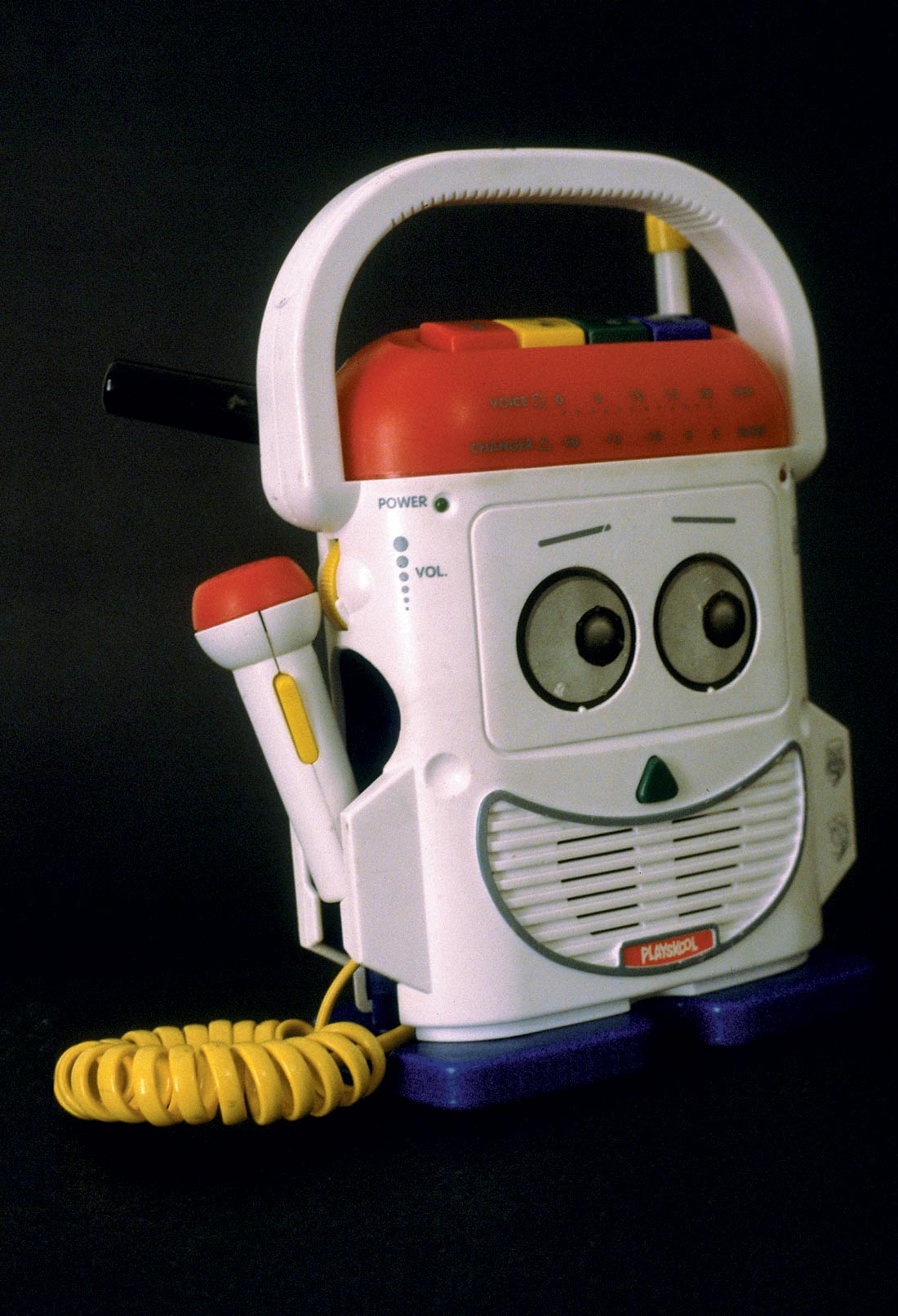On first listen the Fostex NF-1A sounds different from most monitors. Many have a smiley-faced EQ curve, with lots of boom and sizzle to make things sound good. If your critical listening needs have not yet been met, check out the Fostex NF-1A. You'll find it provides more midrange detail, where the ear is most sensitive, than the current trend of monitors. The Fostex NF-1A is a bi-amped two- way monitor system that lists for about $1800. Rear panel balanced inputs appear as both XLR and 1/4-inch connectors. In addition to tweeter level, +/- 3 dB trims provide gentle manipulation of both low and high frequency slopes plus a special "mid-dip" switch - centered at 3 kHz - reducing that area by 3 dB. The NF-1A features a 6.5-inch woofer with a cone design Fostex calls a "hyperbolic paraboloid." The unique shape keeps the low-mass cone rigid to minimize distortion and extend its useful response - the crossover is at 5 kHz - with a sculpted edge-surround designed to control resonance. Fostex claims the soft dome tweeter is capable of reproducing 40 kHz. Our independent lab tests concluded the tweeter continued to deliver useful information well beyond 20 kHz, exceeding the standard window of concern for monitor testing. No speaker system is perfect and it may take a few listens before you become comfortable with the NF-1A. That's not a bad thing. There are engineers who still prefer Tannoy and Altec coaxial monitors and even the Yamaha NS-10, because each "makes them work harder." A control room monitor should be like a dominatrix that "encourages" discipline and restraint, revealing excessive or deficient EQ, poor mic choice or placement. I think the NF-1A has a midrange clarity that is reminiscent of these "classics" while being more articulate, less fatiguing and with better imaging. Two identical monitors, placed side-by-side, will sound different because of the distance between each and the listener plus the interaction of cabinet geometry. Note that some monitors have rounded edges, some are square boxes and others are sculpted into shapes that seem to have been inspired by aircraft design. Location and cabinet geometry affects the sonic fingerprint and imaging of a single monitor as well as whatever neighboring alternative system you may have. That said, my experiments ended with the now-discontinued Yamaha NS-10 on the "inside" and the Fostex NF-1A on the outside. Many people are intimately familiar with the Yamaha NS-10, comparing the two suits the purpose of this evaluation as you will soon see. Listen to the Fostex NF-1A and you may notice a hint of the Yamaha NS-10 in the midrange. Between 600 Hz and 6 kHz the NF-1A is smoother than the NS-10 providing a level of clarity. Testing was via Bruel&Kjaer 2010 analyzer and the 4440 gating system using a Bruel&Kjaer 4134/2619 microphone. The analyzer generates a sweep- able tone burst that was designed both to improve measurement accuracy as well as to reveal system resonance. This was most apparent between 600 Hz and 800 Hz, an area that previously confused other reviewers. Taking notice of the product literature, Michael and I removed the woofer to evaluate the two internal hyperbolic reflectors. Tapping on them revealed resonance in the aforementioned region although their intended purpose is to break up standing waves within the cabinet. The resonance was greatly reduced after wrapping each in Thinsulate, a 3M product distributed by Lester Acoustics (www.lesteracoustics.com). There is notable peak between 8 kHz and 9 kHz that is more pronounced than I'd like, but it can be tamed a bit by the controls provided and it does provide a crisp image. For this reason, the 3 kHz mid-dip switch might better serve the NF-1A either if centered at 8.5 kHz. (Fostex is allowing me to make some tweaks that I will share with them and users if successful.) Mr Shields posited that achieving "measurement flat" response is not necessarily musically appealing and suggested that all monitor systems should allow an optional roll-off starting at 2 kHz with a 3 dB / octave slope. Working as lab assistant to such a knowledgeable person - rather than just being handed a response chart - helped to confirm what I've come to instinctively feel, that most monitors are too bright AND that the available controls do not provide a suitable degree of flexibility. Out of the lab, I only attempted to match the Fostex NF-1A with the Yamaha NS-10 for the sake of comparison - both being a little bright for my taste - yet the NF-1A is more engaging than many and not fatiguing like the NS-10. Above 300 Hz, our measurements were basically in agreement with the published response chart for the Fostex NF-1A. Measurement below 300 Hz requires a modification to the test procedure, an area we did not concentrate on because in the real world, I didn't find the NF-1A to be lacking warmth. Again, our "lab" tests were more for the purpose of comparative analysis using a known reference. The combination of a self-powered monitor, a unique "low" frequency driver and a ported cabinet gives the Fostex NF- 1A a tighter and more extended bottom, albeit less pronounced than the upper bass/lower mid region of the NS-10. (www.fostex.com)
Monitoring | No. 120
Kii THREE Active Monitors, Kii CONTROL Monitor Controller
by Andy Hong
This powered monitor incorporates the most impressive speaker technology I have ever experienced. It’s a real game changer. The Kii THREE’s dispersion pattern is cardioid, even at the...




_disp_horizontal_bw.jpg)